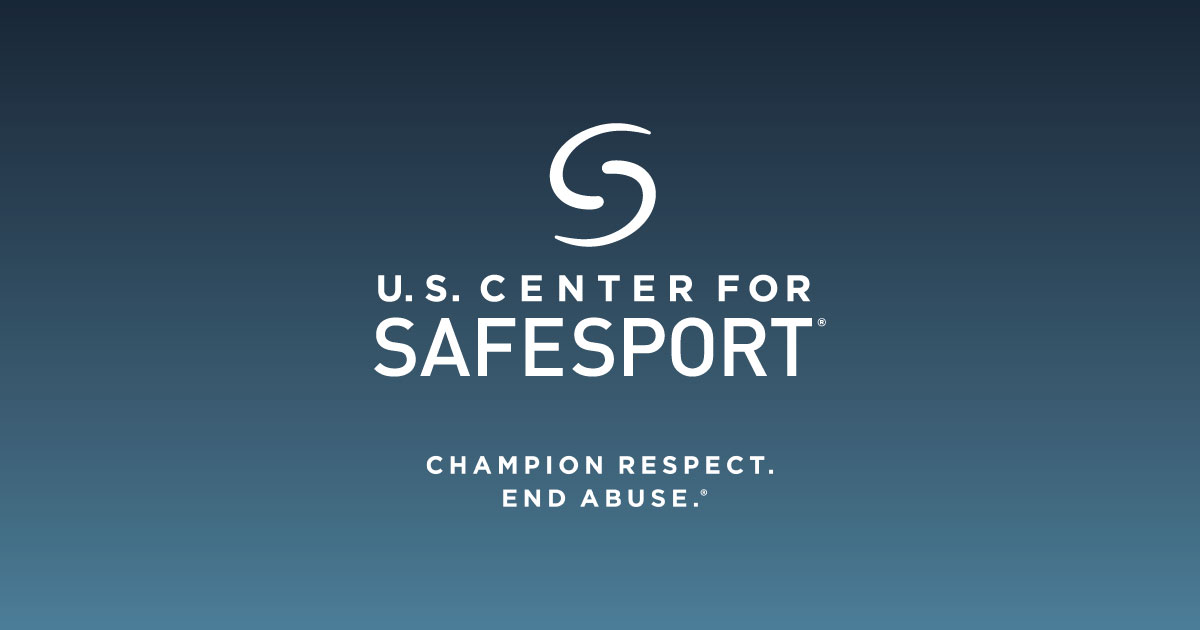
Why is it Called ‘Delayed Disclosure’?
Disclosure of abuse refers to a victim sharing with another or others that they have experienced abuse, violence, or misconduct. This term not only applies to childhood sexual abuse and sexual assault, but also to other types of abuse, such as bullying and physical abuse, and experiences of abuse and misconduct during adulthood.
Society has a biased belief and supposition that there is or should be a standard time for one to disclose such information. What deems it a delay? 5 min after the incident, 5 hours, 5 days, 5 weeks, 5 years, 5 decades? How can there be an externally set expectation on the time frame for which a survivor of abuse must disclose?
The Data
Research shows that
- The average age of disclosure of childhood sexual abuse ranges from 40 to 50 years old.
- Disclosure of any type of abuse can be:
- Formal: to law enforcement or an investigatory entity such as SafeSport
- Informal: to family and friends
- Direct: through a clear written or verbal statement
- Indirect: casual mentioning, or via play therapy, or via a drawing
- Testing: a step-by-step pattern of sharing small details to gauge the recipient's reaction
- Partial/Rolling: sharing parts of the abuse, usually the most difficult for the last
- Accidental: unplanned and unintentional
- Forced: coerced, manipulated, or pressured
Factors at Play
The reality — when someone is the victim of violence, there are many factors at play internally and externally that can contribute to their decision-making process in terms of disclosing to whom, when, why, and how.
First, we must remember that trauma is coded in our brains and bodies individually. There is no right or wrong reaction to experiencing violence, and trauma responses can vary extensively in the short and long term. Trauma changes our physiology, and healing from trauma is deeply personal and non-linear.
Studies indicate that “earlier” disclosures for a victim/survivor are more common when:
- They feel safe enough to do so
- They can identify what they experienced as abuse
- They have the time, space, and resources to address what has happened
- They feel a shift in openness or acceptance from a societal and cultural perspective
- They have a higher IQ
- They resisted during the abuse
- Their abuser was a clergy member
- They had support from a non-offending caregiver (meaning potential witnesses did not enable the abuse or give the perpetrator passive permission)
- They recognize what they experienced as a punishable offense
- They experienced penetrative abuse
- They do not struggle with blaming or shaming themselves
- They recognize that recalling the memories is part of recovery and disclosure
And, a victim/survivor may take decades to disclose, or never disclose, or deny when:
- Keeping the abuse secret is in some way protecting themselves, the abuser, or someone else’s safety, reputation, career, etc.
- They may have conflicting feelings for the abuser, or attachment or dependence on the abuser — emotionally, financially, etc.
- They are embarrassed, ashamed, coerced, guilty, or threatened
- They are told to keep it a secret or are silenced in some way
- They may not understand what they experienced was abuse, or they do not have the language or means to describe what happened
- They are in denial
- Religious or cultural reasons or consequences
- They were at a younger age when the abuse occurred
- They are male
- They have an absence of support
- They fear the abuse will mean connotations or assumptions or outing of their sexual orientation
- They are from a marginalized population
- They have distrust in the medical and justice systems
- The abuse was of greater severity and duration
- They are not in a time in their life where they can ‘deal with it’
- They do not want others to feel uncomfortable
- They feel that they are protecting others from experiencing abuse
- They have an intellectual disability
- They have a family history of criminality
- They have been isolated and alienated by the perpetrator’s tactics
- They blame themselves
- They have a lack of communication or a sense of acceptance in their families
- They have seen negative reactions and outcomes for other survivors that have come forward, from victim blaming to a lack of consequences for the abuser
- They view the disclosure and help-seeking and justice-seeking process as retraumatizing and/or ineffective
**Note — these lists are not all-encompassing, but rather give insight and show the multitude of factors and considerations at play regarding disclosure of abuse. Each victim/survivor's experience and situation is unique.
Respecting the Decision to Disclose
What we must try to recognize and respect regarding disclosures of sexual abuse is similar to any other personal circumstance like a health issue, being victim of another type of crime, or experiencing any trauma — it is indeed OUR story and OUR information to tell on OUR own timeline. We are the only ones who truly know our internal and external situation and realities of what we have bandwidth for. Only the victim/survivor can truly evaluate and choose what they are ready or not ready to disclose based on potential benefits and outcomes of disclosing, and what they are willing to put on the line.
Why Disclose?
The tricky part…disclosing may often help connect victims/survivors to resources, support, justice, and lead to better mental health and health outcomes. Thus, sharing can often be a ticket to the path of healing. And, disclosing may lead to outcomes in which your own safety and the safety of others are improved. This is A LOT to consider and put on the unsuspecting shoulders of someone who has been victimized.
How to Support Victims/Survivors?
The way through — be compassionate and empathetic to the victim's experience. Simply — if someone accidentally, intentionally, or formally discloses to you — believe and support them. This serves to decrease cultures of silence and stigma. Educate yourself on what to say vs not to say during these critical moments and conversations. Let them lead their own timeline.
Enact best practices for prevention to proactively protect others. Ensure that if and when abuse is disclosed that reporting and response mechanisms respond in a trauma-informed manner and do right by the victim and society in reducing harm and potential harm to others.
Educate yourself on disclosure and reporting options, mandatory reporting, and justice options. Have these resources available for yourself or someone else in need. Identify one safe adult who can help you in difficult circumstances and hold space for you and respect your decision-making if situations arise.
If you or someone you know needs support, please visit our crisis resources or resources for assistance.
Kathryn McClain, MSW, MBA
Program and Partnerships Director at #WeRideTogether
kmcclain@weridetogether.today
References
- Child-Sexual-Abuse-Statistics_The-Issue
- DELAYED DISCLOSURE | Child USA
- Factors related to delayed disclosure among victims of child sexual abuse in Singapore
- A systematic review of factors associated with disclosure of child sexual abuse - ScienceDirect
- Recipients of children’s and adolescents’ disclosures of childhood sexual abuse: A systematic review
- Childhood Sexual Abuse: A Longitudinal Study of Disclosures and Denials - Dana T. Hartman, Yan Wang, Yuerui Wu, Deborah Goldfarb, Daisy Vidales, Jianjian Qin, Mitchell L. Eisen, Gail S. Goodman, 2023
- Predictors of delayed disclosure of rape in female adolescents and young adults
- Disclosure and non-disclosure of childhood sexual abuse in Australia: Results from a national survey
- (PDF) Facilitators and Barriers to Child Sexual Abuse (CSA) Disclosures: A Research Update (2000–2016)



-min.jpg)
